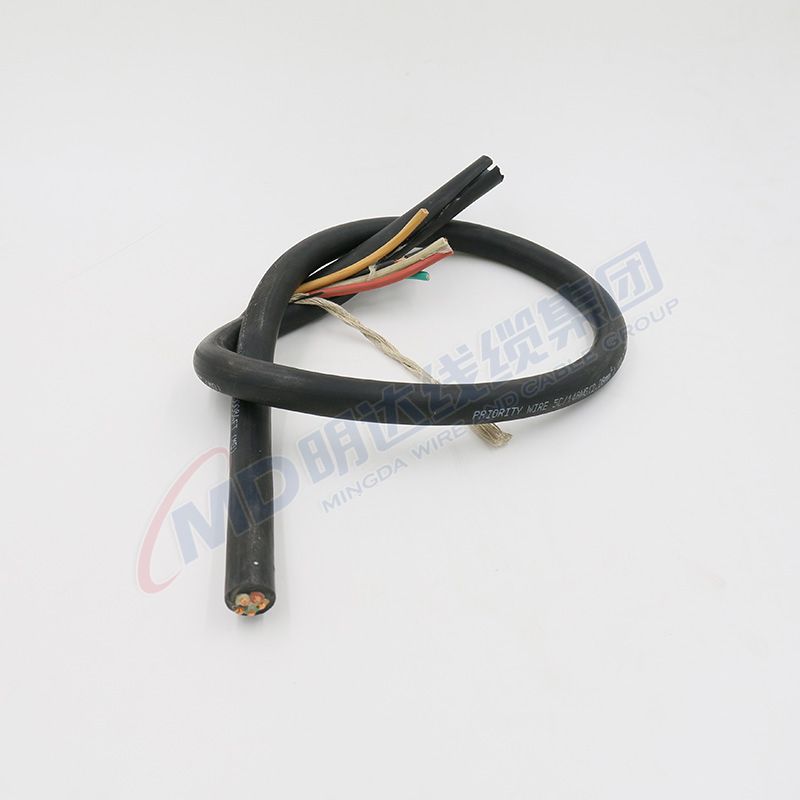10 月 . 21, 2024 22:39 Back to list
Understanding Electric Wire Cables and Their Applications in Modern Technology
Understanding Electric Wire Cables A Comprehensive Guide
Electric wire cables are integral components of modern electrical systems, powering everything from household appliances to industrial machinery. These cables are specifically designed to carry electrical current, ensuring safety and efficiency in various applications. In this article, we delve into the different types of electric wire cables, their components, applications, and the important considerations for selecting the right cable.
Types of Electric Wire Cables
Electric wire cables come in several types, each suited to particular applications. The most common types include
1. Twisted Pair Cables Often used in telecommunications and networking, twisted pair cables consist of pairs of wires twisted together to reduce electromagnetic interference. This type includes shielded and unshielded variations, with shielded twisted pair (STP) being preferred for environments with high interferences.
2. Coaxial Cables These cables have an inner conductor surrounded by a dielectric insulator and an outer conductor, typically used for cable television, internet connections, and radio frequency transmissions. Their design allows for better resistance to signal interference.
3. Fiber Optic Cables Instead of conducting electricity, fiber optic cables transmit data as light signals. They are highly efficient for long-distance communication and are immune to electromagnetic interference.
4. Power Cables These are used to transmit electrical energy in power distribution networks. Power cables can be single-core or multi-core and are often insulated with materials like PVC or rubber to withstand high voltages.
5. Control Cables Utilized in automation systems, control cables are designed to manage the control signals used in machinery and equipment, ensuring precise operation.
Components of Electric Wire Cables
Electric wires and cables are made up of several components
- Conductors The core component that carries the electric current, usually made from copper or aluminum due to their excellent conductive properties.
- Insulation A non-conductive material encasing the conductor, which prevents current from escaping and protects against short circuits. Common insulation materials include PVC, polyethylene, and rubber.
- Shielding Some cables incorporate a shielding layer that protects against external interference and electromagnetic fields, enhancing signal integrity.
- Jacket The outermost protective layer that shields the cable from environmental factors such as moisture, heat, and physical damage
.electric wire cable

Applications of Electric Wire Cables
Electric wire cables find extensive use in various sectors
- Residential Wiring In homes, electric wire cables connect power sources to outlets and appliances, providing essential functionality for daily activities.
- Commercial Use Office buildings and retail spaces use specialized cables for security systems, telecommunications, and lighting, thus maintaining operational efficiency.
- Industrial Automation Factories utilize robust cables for heavy machinery, robotics, and controls, where reliability and safety are paramount.
- Telecommunications The backbone of communication systems, cables such as fiber optics and coaxial are essential for data transmission and connectivity.
- Renewable Energy Systems With the growing emphasis on sustainable energy, cables are crucial in solar power systems and wind turbines to transmit generated power effectively.
Selecting the Right Cable
When choosing an electric wire cable, several factors must be considered
1. Application Needs Determine whether the cable will be used for power transmission, control signals, or data communication.
2. Environment Consider the exposure to environmental factors like moisture, temperature, and potential physical wear and tear.
3. Voltage Rating Ensure the cable can handle the required voltage and amperage for its intended application.
4. Compliance and Standards Verify that the cable meets local and international safety standards to ensure durability and safety.
Conclusion
Electric wire cables play a critical role in today’s technological landscape, facilitating the flow of electricity and enabling communication. Understanding the types, components, and applications of these cables is essential for anyone working in electrical engineering, construction, or related fields. By carefully considering the specific requirements of each project, one can select the most appropriate cable to ensure safety, efficiency, and reliability.
Share
-
Understanding the Differences Between Wafer Type Butterfly Valve and Lugged Butterfly ValveNewsOct.25,2024
-
The Efficiency of Wafer Type Butterfly Valve and Lugged Butterfly ValveNewsOct.25,2024
-
The Ultimate Guide to Industrial Swing Check Valve: Performance, Installation, and MaintenanceNewsOct.25,2024
-
Superior Performance with Industrial Swing Check Valve: The Essential Valve for Any SystemNewsOct.25,2024
-
Industrial Swing Check Valve: The Ideal Solution for Flow ControlNewsOct.25,2024
-
You Need to Know About Industrial Swing Check Valve: Functionality, Scope, and PerformanceNewsOct.25,2024